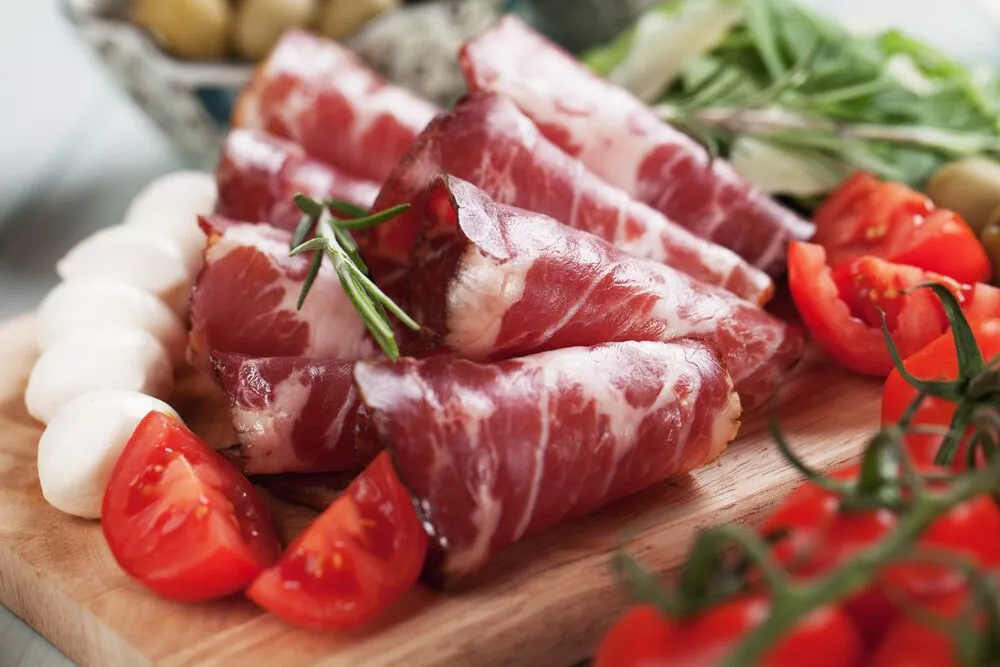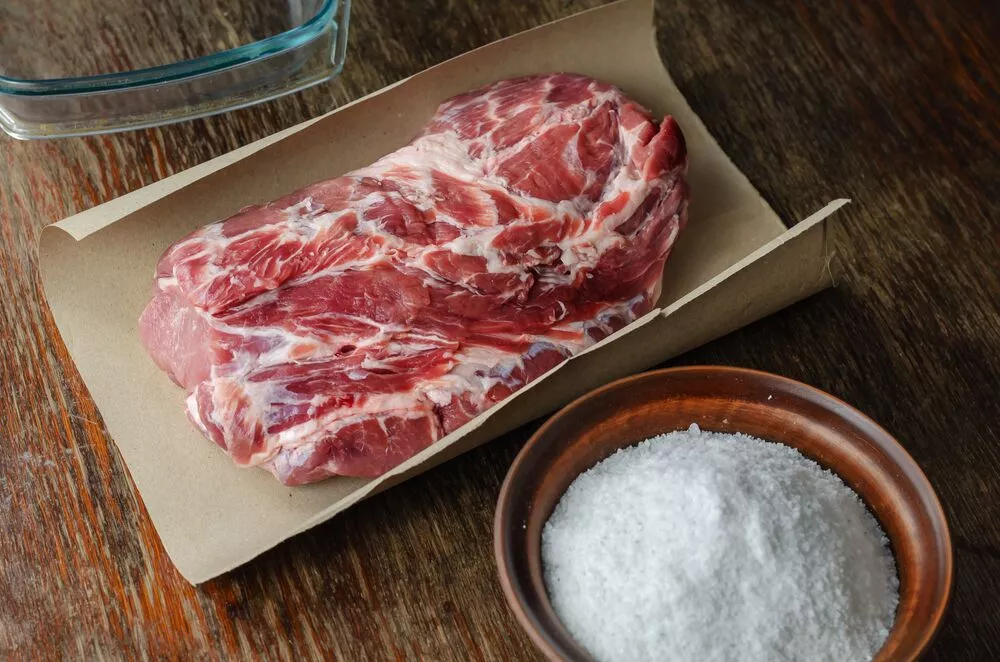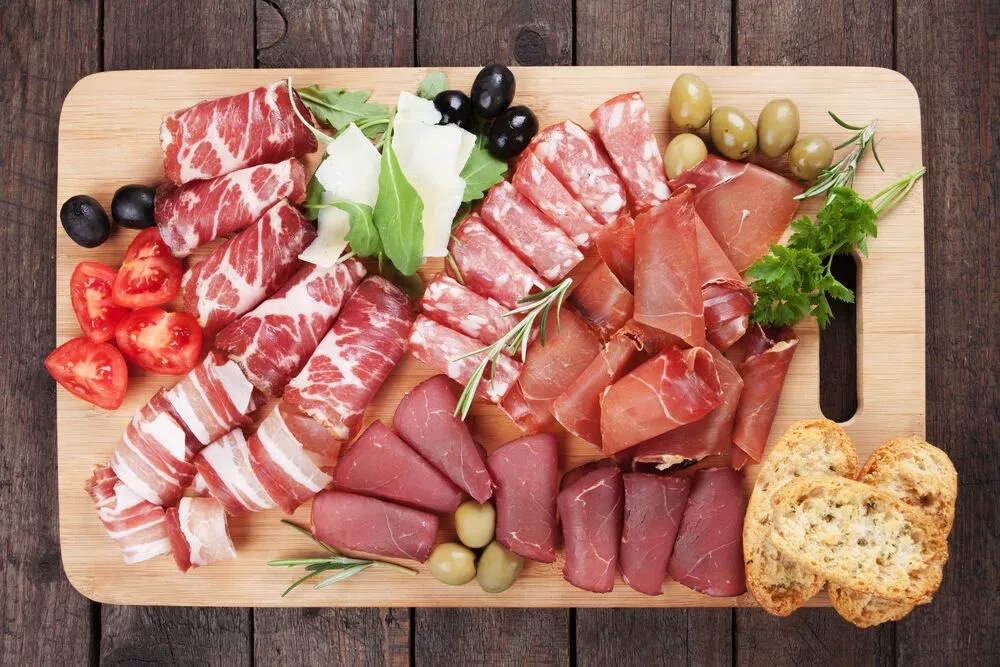Unveiling the Distinction Between Soppressata and Capicola: Exploring Italian Cured Meats in 2023
Are you curious about the diverse world of Italian cured meats? Dive into the fascinating comparison between soppressata and capicola, two iconic delicacies with their own unique characteristics. In this article, we’ll unravel the distinction between these flavorful meats, delving into their origins, taste profiles, and culinary uses. Discover the rich heritage and culinary versatility of soppressata and capicola, and gain insights into how these delectable meats can elevate your gastronomic experiences in 2023. Join us on a culinary journey as we explore the subtle nuances that set soppressata and capicola apart, allowing you to appreciate their individual charms and savor every delectable bite.
Table of Contents
ToggleIntroduction
When it comes to Italian cured meats, two popular delicacies that often take the center stage are soppressata and capicola. These artisanal treats bring a burst of flavors and textures to any culinary creation. However, it’s important to understand the unique characteristics of each to fully appreciate their distinct charms. In this article, we’ll embark on a flavorful journey and explore the differences between soppressata and capicola, from their origins and curing processes to their culinary uses and pairing suggestions. So, let’s dive in and unravel the secrets behind these delectable Italian delights.
Understanding Soppressata
Origins and Traditional Preparation
Soppressata, hailing from Southern Italy, has a rich history dating back centuries. This traditional salami is believed to have been created as a way to preserve meat. Its name derives from the process of pressing the meat, resulting in a dense texture and concentrated flavors. Today, soppressata is cherished for its rustic charm and versatility in Italian cuisine.
Curing Process and Texture
To create soppressata, coarsely ground pork is mixed with various spices, including garlic, black pepper, and fennel seeds. The meat mixture is then stuffed into natural casings and left to cure for several weeks. During this time, the flavors develop, and the sausage becomes firm and slightly dry. The texture of soppressata can vary, ranging from coarse and chunky to finely ground, depending on regional variations and personal preferences.
Key Ingredients and Seasonings
The key to soppressata’s distinctive flavor lies in the quality of its ingredients. High-quality cuts of pork, such as shoulder or coppa, are selected for their rich marbling and succulent taste. The spices and seasonings used in soppressata play a vital role in shaping its profile, with garlic and fennel seeds infusing the meat with aromatic notes and a hint of sweetness.
Understanding Capicola
History and Regional Influence
Capicola, also known as coppa or capocollo, is another beloved Italian cured meat with a fascinating history. Its origins can be traced back to Southern Italy, where it gained popularity as a prized delicacy.
Curing Techniques and Texture
To create capicola, a boneless pork shoulder is carefully trimmed and seasoned with a blend of spices. Common ingredients include black pepper, paprika, garlic, and sometimes red pepper flakes for a touch of heat. After the seasoning process, the meat is tightly rolled and encased in natural casings. Capicola is then hung to dry and age for several weeks, allowing the flavors to intensify and the meat to develop a tender, melt-in-your-mouth texture.
Distinctive Ingredients and Seasonings
Capicola’s unique flavor profile is achieved through a harmonious combination of spices and seasonings. The generous use of black pepper adds a robust and peppery kick, while paprika lends a vibrant reddish hue and a subtle smokiness. The garlic and other seasonings enhance the overall taste, resulting in a savory and aromatic experience.
Differences in Ingredients
Although soppressata and capicola share similarities as cured Italian meats, there are distinct differences in the selection of meats and seasonings used in their preparation. These disparities contribute to their unique flavors and textures, allowing them to stand out in their own right.
Differences in Flavor
The flavor profiles of soppressata and capicola exhibit their individual characteristics, appealing to different taste preferences. While both are savory and packed with umami, they offer nuanced differences that make them distinctive.
Regional Variations
Like many traditional Italian foods, soppressata and capicola have regional variations, each with its own specific techniques and flavors. These regional differences contribute to the diverse culinary landscape of Italy and provide a wide range of options for gastronomic exploration.
Culinary Uses
Soppressata and capicola are not only enjoyed on their own but also play integral roles in various culinary creations. From antipasti platters to sandwiches and pasta dishes, these cured meats bring a depth of flavor and textural contrast to a wide array of recipes.
Pairing Suggestions
To enhance the culinary experience, pairing soppressata and capicola with complementary accompaniments is key. Whether you’re assembling a charcuterie board or preparing a mouthwatering sandwich, the right pairing can elevate the flavors and create a harmonious balance on your palate.
Making a Choice: Soppressata or Capicola?
When faced with the choice between soppressata and capicola, it ultimately comes down to personal preferences and the specific dish or recipe you have in mind. Both have their own unique qualities that can enhance various culinary creations, so don’t be afraid to experiment and explore the possibilities.
FAQs
- Is soppressata spicier compared to capicola?
- The spiciness of soppressata and capicola can vary depending on the specific recipe and regional influences. Some soppressata varieties may incorporate hot peppers or chili flakes, while capicola can range from mild to moderately spicy.
- Can I use soppressata and capicola interchangeably in recipes?
- Soppressata and capicola have distinct flavors and textures, so while they can be used in similar preparations, they may impart different tastes to your dishes. Consider the specific characteristics of each meat when substituting them in recipes.
- Are there any vegetarian or vegan alternatives for soppressata and capicola?
- Yes, there are vegetarian and vegan alternatives available that mimic the flavors and textures of soppressata and capicola using plant-based ingredients. These alternatives often utilize soy protein, mushrooms, or other plant-based proteins to recreate the essence of the cured meats.
- How should soppressata and capicola be stored for optimal freshness?
- To maintain their quality and flavor, it’s best to store soppressata and capicola in the refrigerator. Wrap them tightly in plastic wrap or place them in airtight containers to prevent them from drying out. Consume them within a few weeks for the best experience.
- Are soppressata and capicola suitable for individuals with gluten intolerance?
- Soppressata and capicola, being cured meats, are generally gluten-free. However, it’s essential to check the ingredient labels of specific brands or varieties to ensure that no gluten-containing additives or seasonings are used.
Conclusion
Soppressata and capicola are Italian cured meats that offer distinct flavors and textures. From the rustic charm of soppressata to the melt-in-your-mouth goodness of capicola, each provides a unique gustatory experience. Indulge in their captivating flavors, experiment with pairings, and savor every bite of these delectable Italian delicacies.




